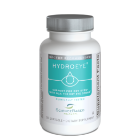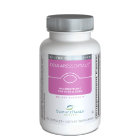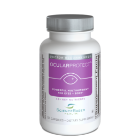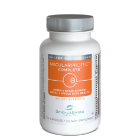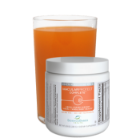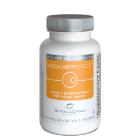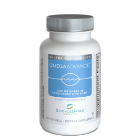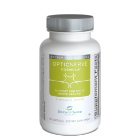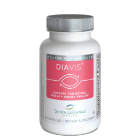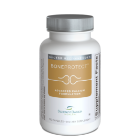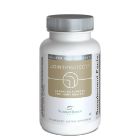FREE SHIPPING with Auto-Delivery & SAVINGS UP TO 20% with a Package Plan >>
FREE SHIPPING & SAVINGS UP TO 20% >>
Procyanidins Benefit Microcirculation in Early Retinopathy
Procyanidins Benefit Microcirculation in Early Retinopathy
Diabetic Retinopathy Expected to Increase
In the next 25 years, the number of Americans living with diabetes will nearly double, increasing from 23.7 million in 2009 to 44.1 million in 2034. Over the same period, spending on diabetes will almost triple, rising from $113 billion to $336 billion, even with no increase in the prevalence of obesity, researchers at the University of Chicago reported in the December, 2009 issue of Diabetes Care.
Those projections portend an increase in the prevalence of diabetic complications as well, including retinopathy. In addition, between 40 and 50% of Americans diagnosed with diabetes already have some stage of diabetic retinopathy, according to the National Institutes of Health.
Procyanidins Studied in Retinopathy
Pine bark extract, a source of dietary procyanidins, has previously been shown to improve objective parameters such as vascular permeability in patients with retinopathies associated with diabetes. [See: Review in EduFacts Vol. 9 No 6]. A new study now reports that pine bark extract may extend vision-saving benefits to diabetics with early stage retinopathy by improving retinal blood flow and inducing regression of edema .
Study Design
Men and women with well-controlled type 2 diabetes for at least four years were recruited into this double-blind, randomized trial. The patients, who had early stages of retinopathy, characterized by mild to moderate retinal edema without hemorrhages or hard exudates in the macula center, received 150 mg of pine bark extract (Pycnogenol®) or placebo daily for three months.
Patients’ visual acuity was assessed using the standard Snellen Chart. Evaluation of diabetic retinopathy was carried out by ophthalmoscopy following pupil dilation, and retinal blood flow was quantitatively evaluated by color duplex scanning. Retinal thickness was determined using high resolution ultra-sound.
Results
Retinal edema score and retinal thickness showed statistically significant improvement as compared to placebo, which showed negligible changes from baseline. Laser Doppler flow velocity measurements at the central retinal artery showed a statistically significant increase from 34 to 44 cm/s in the treatment group as compared to marginal effects in controls. Testing of visual acuity showed significant improvement from baseline (14/20 to 17/20), whereas no change was found in the control group.

Comments
The major finding of this study is the reported visual improvement, which was subjectively perceived in 75% of treated patients. According to the lead researcher, the findings suggest that pine bark extract taken in the early stages of retinopathy may enhance retinal blood circulation accompanied by a regression of edema to favorably affect vision.
Steigerwalt R, et al. Pycnogenol® improves microcirculation, retinal edema, and visual acuity in early diabetic retinopathy. J Ocular Pharmacol Therap 25:537-40, 2009.

